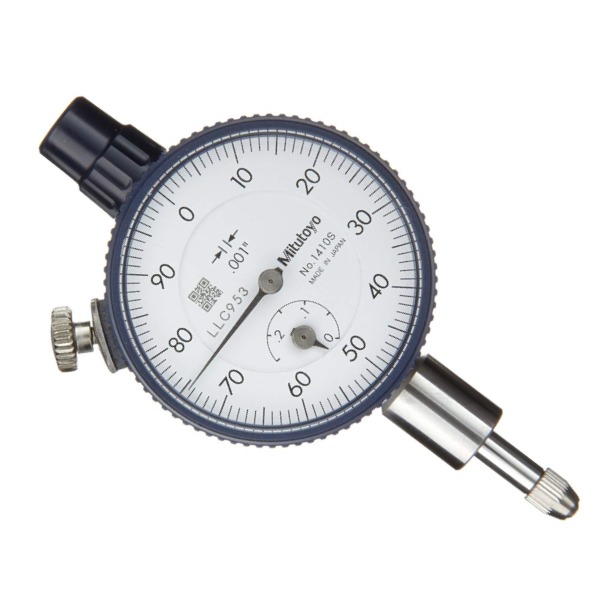
Indicator Care & Maintenance, Indicators
Just because dial indicators have been around since the early 1900s, don’t expect them to fade away with the last century. This tool’s long-term popularity is well-earned. Dial indicators offer good resolution at low cost, but that is not the main reason people still...

Gages, Indicators, Measuring In Extreme Temps
When most of us think about measurement environments, what generally comes to mind are pleasant laboratories with temperatures controlled to 68°F/20°C — plus or minus a degree or two. Or in the worst case, we picture a gaging shop with swings of temperature between...
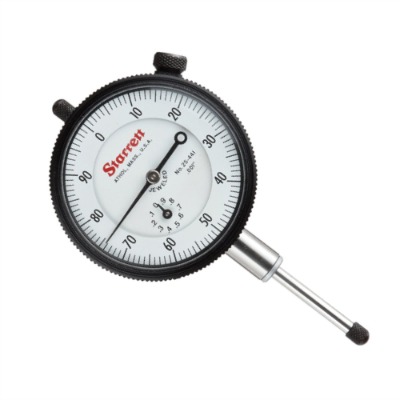
Dial Indicators, Indicators
How to select a dial indicator was discussed in last month’s column. Now that you own it, here are a number of tips to keep it working smoothly and accurately. First, mount your dial indicator correctly. The ideal method is to mount it from the back, using one of the...
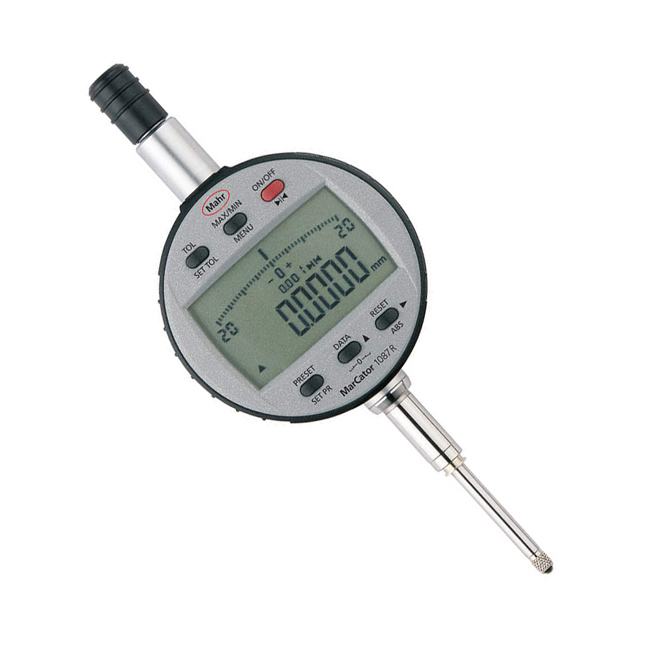
Digital Indicators, Indicators
Since this column last discussed digital indicators and how they compare in use with mechanical dial indicators (see Dial vs. Digital Indicators article), the technology has advanced. The major gage manufacturers have either recently introduced second generation...
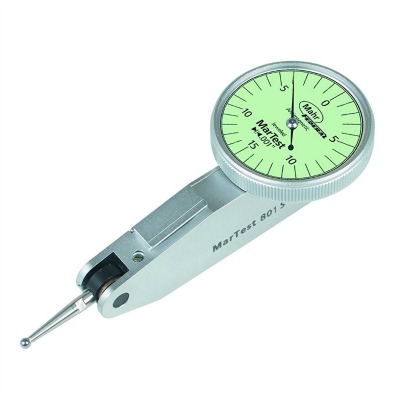
Indicators, Test Indicators
Test indicators are pretty distinct from dial indicators. The immediately obvious difference is that test indicators have lever-type contacts, while dial indicators have plunger-type contacts. Test indicators are also smaller and lighter than dial indicators. In...
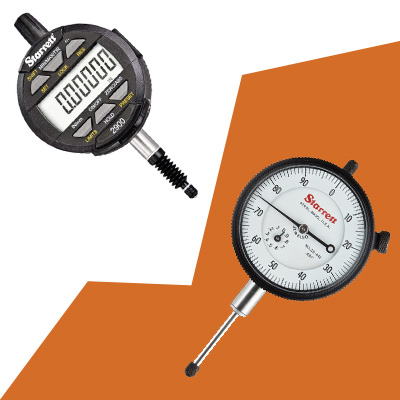
Dial Indicators, Digital Indicators, Indicators
When digital electronic indicators were introduced in the early 1980s, some observers expected them to blow mechanical dial indicators out of the water. In spite of electronic indicators’ clear superiority for use in statistical process control and data...







